
Eyelid surgery, medically known as blepharoplasty, is a transformative cosmetic procedure that rejuvenates the appearance of the eyes. For many New Zealanders, the high cost of this surgery at home has made looking abroad an attractive alternative. Thailand has emerged as a global leader in medical tourism, offering a combination of exceptional medical care, highly skilled surgeons, and significant cost savings—making it a top destination for Kiwis seeking to refresh their look.
This comprehensive guide explores every aspect of getting eyelid surgery in Thailand, from understanding the procedure and its costs to planning your trip from New Zealand and ensuring a safe, successful recovery.
Key Takeaways
-
Significant Savings: New Zealanders can save 50-70% on eyelid surgery in Thailand. The procedure often starts from $2,000 NZD, compared to $6,000 - $10,000+ NZD back home.
-
World-Class Quality: Thailand is home to numerous JCI-accredited hospitals, representing the gold standard in global healthcare. Surgeons are often Western-trained and have extensive experience with international patients.
-
Procedure Options: Thai clinics excel in all forms of blepharoplasty, including upper eyelid surgery for drooping, lower eyelid surgery for eye bags, and Asian double eyelid surgery to create a defined crease.
-
All-Inclusive Packages: Many providers offer packages that bundle the surgery, accommodation, airport transfers, and translation services, simplifying the travel process.
-
Required Stay: Patients should plan to stay in Thailand for at least 7 to 10 days post-surgery for initial recovery and suture removal.
-
Cost Comparison (NZD):
-
Thailand: $2,000 - $4,500
-
New Zealand: $6,000 - $10,000
-
Australia: $4,500 - $8,500
-
South Korea: $3,000 - $7,000
-
Turkey: $2,200 - $4,800
-
What is Eyelid Surgery (Blepharoplasty)?
Eyelid surgery, or blepharoplasty, is a cosmetic procedure that removes excess skin, muscle, or fat from the upper or lower eyelids. It addresses issues like drooping upper lids that can impair vision and puffy "bags" under the eyes, resulting in a more rested, youthful, and alert appearance.
As we age, our skin loses elasticity, and the muscles supporting our eyelids weaken. This can lead to sagging upper eyelids and deep bags below. Blepharoplasty is a precise surgical solution that corrects these concerns.
It's one of the most common cosmetic procedures performed worldwide and is sought after by individuals who feel their eyes make them look tired or older than they feel. For many, it's not just about aesthetics; correcting severely drooping upper eyelids can also improve their field of vision.
Types of Eyelid Surgery Available in Thailand
Thai surgeons are highly experienced in various blepharoplasty techniques, catering to a diverse international clientele.
-
Upper Blepharoplasty: This procedure targets the upper eyelids. The surgeon makes a fine incision within the natural crease of the eyelid to remove excess skin and sometimes a small amount of fat. This corrects "hooded" or drooping eyelids and can open up the eye area significantly.
-
Lower Blepharoplasty: This addresses puffiness and bags under the eyes. The incision is typically made just below the lower lash line or, in many modern techniques, inside the lower eyelid (a transconjunctival incision). This allows the surgeon to remove or reposition excess fat deposits for a smoother, firmer under-eye contour.
-
Asian Double Eyelid Surgery: A highly specialized procedure popular among patients of East Asian descent, this technique creates or defines an upper eyelid crease (a "double eyelid"). This is not a "Westernization" procedure but rather a method to create a natural-looking crease that enhances the eye's definition, making it appear larger and more symmetrical. Thai surgeons are world-renowned for their skill in this delicate surgery.
Why Do New Zealanders Choose Thailand for Eyelid Surgery?
Kiwis flock to Thailand for blepharoplasty primarily due to the dramatic cost savings of 50-70% compared to home. This affordability is combined with access to internationally accredited hospitals, English-speaking surgeons with extensive experience, and the unique opportunity to recover in a beautiful, warm holiday destination.
The trend of medical travel from New Zealand to Thailand has grown exponentially. The "Land of Smiles" has built a formidable reputation as a hub for high-quality, affordable cosmetic surgery.
Significant Cost Savings
The most compelling factor is the price. The cost of living and operational overheads in Thailand are significantly lower than in New Zealand. This allows hospitals to offer the same (or better) quality of care, using the same FDA-approved materials and technology, for a fraction of the price.
For many New Zealanders, the total cost of the trip—including flights, luxury accommodation for recovery, and the surgery itself—is still substantially less than the cost of the procedure alone at home.
World-Class Surgeons and Hospitals
This is not "cheap" surgery; it is "affordable" surgery. Thailand is home to over 60 hospitals accredited by the Joint Commission International (JCI), the world's most respected healthcare accreditation body. This is more than many Western countries.
Surgeons in top Thai hospitals are often board-certified, have trained in the US, UK, or Australia, and are members of international plastic surgery societies. They are highly experienced and specialize in procedures like blepharoplasty. Furthermore, major hospitals have dedicated international patient departments with fluent English-speaking staff, ensuring clear communication for medical tourists.
Did You Know? Bangkok and Phuket are two of the world's most visited cities, and a significant portion of this tourism is medical. The Thai government has actively supported and invested in the medical tourism sector, ensuring high standards and robust infrastructure.
The Medical Tourism Experience
The concept of combining a major procedure with a relaxing holiday is incredibly appealing. Instead of recovering at home, patients can recuperate in a comfortable hotel or a luxury wellness retreat.
The warm climate, world-famous Thai hospitality, and abundance of healthy food and relaxing activities (like gentle walks and massages, once approved by your surgeon) can make the recovery process feel more like a vacation than a medical ordeal.
Cost of Eyelid Surgery: Thailand vs. New Zealand and Other Countries
In Thailand, eyelid surgery typically costs between $2,000 and $4,500 NZD. This is a stark contrast to New Zealand, where the same procedure ranges from $6,000 to $10,000 NZD, offering Kiwis a potential savings of over 60%, even after factoring in travel.
The final price of your blepharoplasty in Thailand depends on several factors:
-
Type of Procedure: A combined upper and lower blepharoplasty will cost more than a single-lid procedure.
-
Surgeon's Expertise: A highly sought-after, senior surgeon will have higher fees.
-
Hospital or Clinic: A premier, JCI-accredited international hospital in central Bangkok will generally cost more than a smaller, local clinic.
-
Anesthesia: The type of anesthesia used (local vs. general) can affect the price.
Cost Comparison Table (Estimated Average in NZD)
This table provides an at-a-glance comparison of average costs for blepharoplasty (upper or lower) in popular medical tourism destinations.
|
Country |
Average Cost for Eyelid Surgery (NZD) |
Estimated Savings (vs. NZ) |
|---|---|---|
|
New Zealand |
$6,000 - $10,000+ |
- |
|
Australia |
$4,500 - $8,500 |
15% - 25% |
|
Thailand |
$2,000 - $4,500 |
50% - 70% |
|
South Korea |
$3,000 - $7,000 |
30% - 50% |
|
Turkey |
$2,200 - $4,800 |
50% - 65% |
Note: These prices are estimates and can vary based on the complexity of the surgery and individual clinic pricing. Always get a detailed quote.
Are You a Good Candidate for Blepharoplasty?
The ideal candidate for eyelid surgery is a physically healthy individual, typically over 35, who is a non-smoker and has realistic expectations. You may be a good candidate if you are bothered by drooping upper eyelids, impaired vision from sagging skin, or persistent puffiness and bags under your eyes.
Eyelid surgery is a highly personal decision. Being a good candidate involves more than just physical attributes; it also requires psychological readiness.
You may be a good candidate if:
-
You have excess, sagging skin on your upper eyelids that creates a "hooded" look.
-
Your peripheral vision is obstructed by hanging eyelid skin.
-
You have persistent puffiness or "bags" under your eyes that don't go away with rest.
-
You have fine wrinkles and excess skin on your lower eyelids.
-
You are in good general health with no serious medical conditions that could impair healing.
-
You do not smoke, or you are willing to quit several weeks before and after surgery (smoking severely impacts healing).
-
You have realistic expectations about the outcome. Blepharoplasty will refresh your appearance, but it won't change your fundamental facial structure.
The Eyelid Surgery Procedure in Thailand: What to Expect
The process involves an initial consultation, followed by a relatively short outpatient surgery, typically lasting 1-2 hours. It's usually performed under local anesthesia with sedation, meaning you are relaxed and pain-free but not fully "under," allowing for a quicker and easier recovery.
Understanding the step-by-step journey can help demystify the process and ease any anxiety.
Initial Consultation (Remote and In-Person)
Your journey will begin from New Zealand. You will likely have a remote consultation with your chosen clinic or surgeon via video call or by sending photos. This is where you'll discuss your goals, receive an initial assessment, and get a cost estimate.
Once you arrive in Thailand, you will have a comprehensive in-person consultation. Your surgeon will:
-
Review your medical history.
-
Perform a physical examination of your eyes.
-
Take "before" photos.
-
Discuss the surgical plan in detail and answer all your questions.
The Day of the Surgery
Blepharoplasty is almost always an outpatient procedure, meaning you won't need to stay in the hospital overnight.
-
Preparation: You'll arrive at the clinic, complete final paperwork, and be taken to a pre-operative room.
-
Marking: Your surgeon will carefully mark the incision lines on your eyelids with a pen while you are sitting up to ensure precision and symmetry.
-
Anesthesia: You'll be given anesthesia. For most eyelid surgeries, this is local anesthesia with intravenous (IV) sedation. You will be awake but deeply relaxed, comfortable, and will not feel any pain or remember the procedure.
-
The Surgery:
-
For upper blepharoplasty, the surgeon makes an incision in the natural eyelid crease.
-
For lower blepharoplasty, the incision is either just below the lash line or hidden inside the eyelid.
-
The surgeon then skillfully removes or repositions tissue, tightens muscle if needed, and closes the incisions with very fine sutures.
-
-
Recovery: The entire surgery usually takes one to two hours. Afterwards, you'll rest in a recovery room for a short period before being discharged to your hotel.
Recovery and Aftercare in Thailand
Initial recovery takes about 7-10 days. You will experience swelling and bruising, which peaks at day 3 and then subsides. Sutures are typically removed 5-7 days after surgery, after which most patients feel comfortable and can fly home.
A smooth recovery is crucial for a great result. Thailand is an excellent place to recover, but you must follow your surgeon's instructions precisely.
Immediate Post-Op and Recovery Timeline
-
Day 1-3: This is the peak period for swelling and bruising. Your vision may be slightly blurry. You'll be instructed to rest with your head elevated and apply cold compresses regularly to minimize swelling.
-
Day 4-6: Swelling and bruising will begin to improve significantly. You may feel some tightness or itching, which is normal. Light activities like walking around your hotel room or a mall are encouraged.
-
Day 7-10: You will have a follow-up appointment to have your sutures removed. This is a quick and relatively painless process. Once your stitches are out, you'll look and feel much better. Most patients are cleared to fly back to New Zealand after this appointment.
-
Weeks 2-4: You can gradually return to most of your normal activities, including light exercise. Major swelling will be gone, but subtle healing will continue.
-
Months 2-6: The final, refined results will become apparent as all residual swelling disappears and incision lines fade to nearly invisible fine white lines.
Expert Insight: Protecting Your Results "The most important aftercare advice is sun protection. The new, healing skin around your eyes is extremely sensitive to sunlight. For at least six months post-surgery, you must wear dark sunglasses and a wide-brimmed hat when outdoors to prevent your scars from darkening and to ensure they heal as faintly as possible." - Dr. [Surgeon's Name], JCI-Accredited Plastic Surgeon, Bangkok
How Long Should You Stay in Thailand?
You should plan to stay in Thailand for a minimum of 7 to 10 days. This allows for the surgery, a few days of initial rest, and the crucial 5-7 day follow-up appointment for suture removal. Flying too soon after surgery is not recommended.
Potential Risks and How to Minimize Them
Like any surgery, blepharoplasty has risks, including infection, bleeding, scarring, dry eyes, or difficulty closing the eyes. You can minimize these risks significantly by choosing a board-certified, experienced surgeon, following all pre- and post-operative instructions, and not smoking.
While eyelid surgery is considered very safe, especially when performed by a qualified professional, it's important to be aware of potential complications.
Possible risks include:
-
Infection or bleeding
-
Adverse reaction to anesthesia
-
Temporary blurred vision
-
Dry eyes or irritation
-
Noticeable scarring (rare with a skilled surgeon)
-
Difficulty closing your eyes (usually temporary)
-
Ectropion (a rare pulling down of the lower lid, requiring corrective surgery)
-
Asymmetry or unsatisfactory results
Choosing a reputable, board-certified plastic surgeon and a JCI-accredited hospital is the single most important step you can take to minimize these risks. These facilities adhere to strict international protocols for safety and sterilization.
Choosing the Best Plastic Surgeon and Clinic in Thailand
To find the best surgeon, look for international accreditations like JCI for the hospital and board certification for the surgeon. Scrutinize before-and-after photo galleries to ensure their aesthetic style matches your goals, and read detailed reviews from previous international patients.
With so many options, doing your homework is essential.
Look for International Accreditations (JCI)
Start by shortlisting hospitals that are Joint Commission International (JCI) accredited. This non-profit organization evaluates healthcare facilities globally, and its accreditation is a guarantee of a hospital's commitment to safety and quality.
Verify Surgeon Credentials and Experience
Don't be afraid to ask for your surgeon's qualifications. Look for:
-
Board certification (e.g., by the Thai Board of Plastic Surgery).
-
Membership in international organizations (e.g., ISAPS - International Society of Aesthetic Plastic Surgery).
-
Specific experience in blepharoplasty. Ask how many they perform each year.
Reading Patient Reviews and Seeing Before/After Photos
This is where you can assess a surgeon's artistry. Look at their before-and-after gallery. Do the results look natural? Do they have photos of patients with similar facial structures to yours? Read detailed testimonials on independent platforms (like PlacidWay, RealSelf, and Google Reviews) to understand the full patient experience, from consultation to aftercare.
Planning Your Medical Trip from New Zealand
Planning your trip involves booking flights to Bangkok (BKK) or Phuket (HKT), securing accommodation for at least 10 days, and ensuring your passport is valid. New Zealand citizens can typically enter Thailand for up to 30 days without a visa under the visa exemption scheme.
Flights and Accommodation
Book flexible flights, as you may want to stay an extra day or two. Major airlines offer direct or one-stop flights from Auckland to Bangkok. When booking your hotel, choose one that is comfortable and conveniently located near your hospital or clinic. Many patients prefer serviced apartments for the extra space and kitchen facilities during recovery.
Visa and Entry Requirements
For medical tourism, New Zealand passport holders are usually covered by the 30-day visa exemption. However, always double-check the latest entry requirements with the Royal Thai Embassy or Consulate before booking, as rules can change.
Frequently Asked Questions (FAQ)
How much is eyelid surgery in Thailand?
The cost generally ranges from $2,000 to $4,500 NZD, depending on whether you get upper, lower, or combined surgery and the reputation of the clinic.
Is Thailand good for blepharoplasty?
Yes, Thailand is considered one of the best countries in the world for blepharoplasty due to its high concentration of JCI-accredited hospitals, highly experienced surgeons, and excellent patient outcomes, all at an affordable price.
How painful is eyelid surgery?
The procedure itself is not painful due to local anesthesia and sedation. Post-operatively, patients report minimal pain, which is easily managed with prescribed pain medication. It's more of a "discomfort" or "tightness" than sharp pain.
What are the scars like from eyelid surgery?
Scars are minimal and exceptionally well-hidden. For upper blepharoplasty, the scar is placed in the natural eyelid crease. For lower blepharoplasty, it's either just under the eyelashes or completely hidden inside the eyelid.
How long until I look normal after blepharoplasty?
After sutures are removed (5-7 days), you can be in public with sunglasses. Most significant bruising and swelling will be gone within 10-14 days. You will look "restaurant-ready" at this point, and the results will continue to refine for several months.
Can I combine eyelid surgery with other procedures?
Yes, it's very common for medical tourists to combine blepharoplasty with other procedures like a facelift, brow lift, or dental work to maximize their time and savings. Discuss this with your surgeon during your consultation.
Is it safe to get plastic surgery in Thailand?
Yes, provided you do your research and choose an internationally accredited hospital and a board-certified surgeon. Reputable Thai hospitals have safety standards that are on par with, or even exceed, those in many Western countries.
Why Choose PlacidWay for Your Journey?
Planning a medical trip to another country can feel overwhelming. PlacidWay, a global leader in medical tourism, is here to simplify your journey and connect you with the best, pre-vetted medical centers in Thailand.
We provide:
-
Access to Top Clinics: We have partnerships with Thailand's most reputable, JCI-accredited hospitals and board-certified plastic surgeons.
-
Transparent Cost Comparisons: Get free, no-obligation quotes from multiple clinics, allowing you to compare prices and packages in one place.
-
Verified Patient Reviews: Read authentic reviews from patients just like you.
-
End-to-End Support: From your first inquiry to your post-operative care, our team helps guide you through the process.
Don't just dream about a more refreshed you. Let PlacidWay help you make it a reality. Contact us today for a free consultation and personalized quotes for your eyelid surgery in Thailand.


.png)
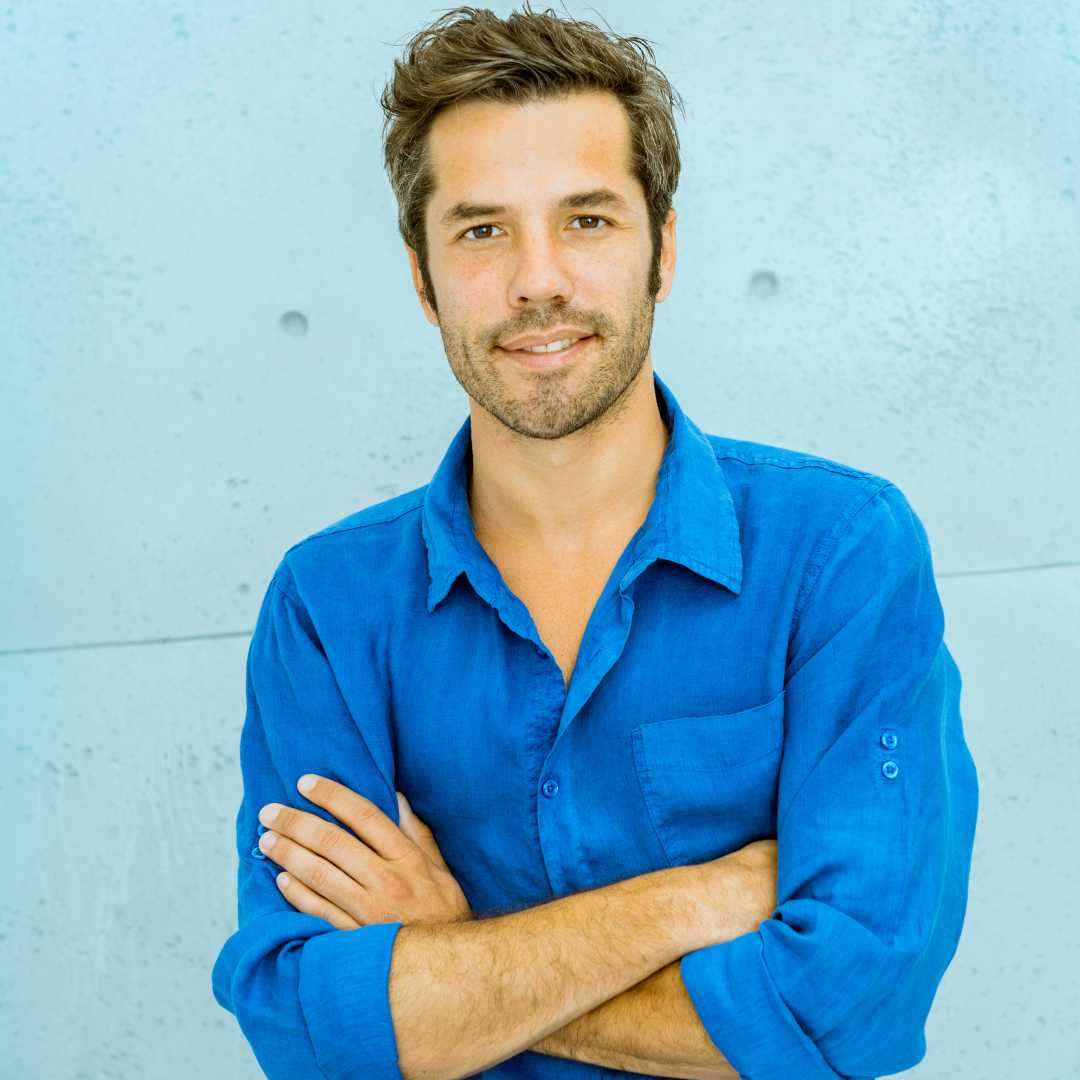
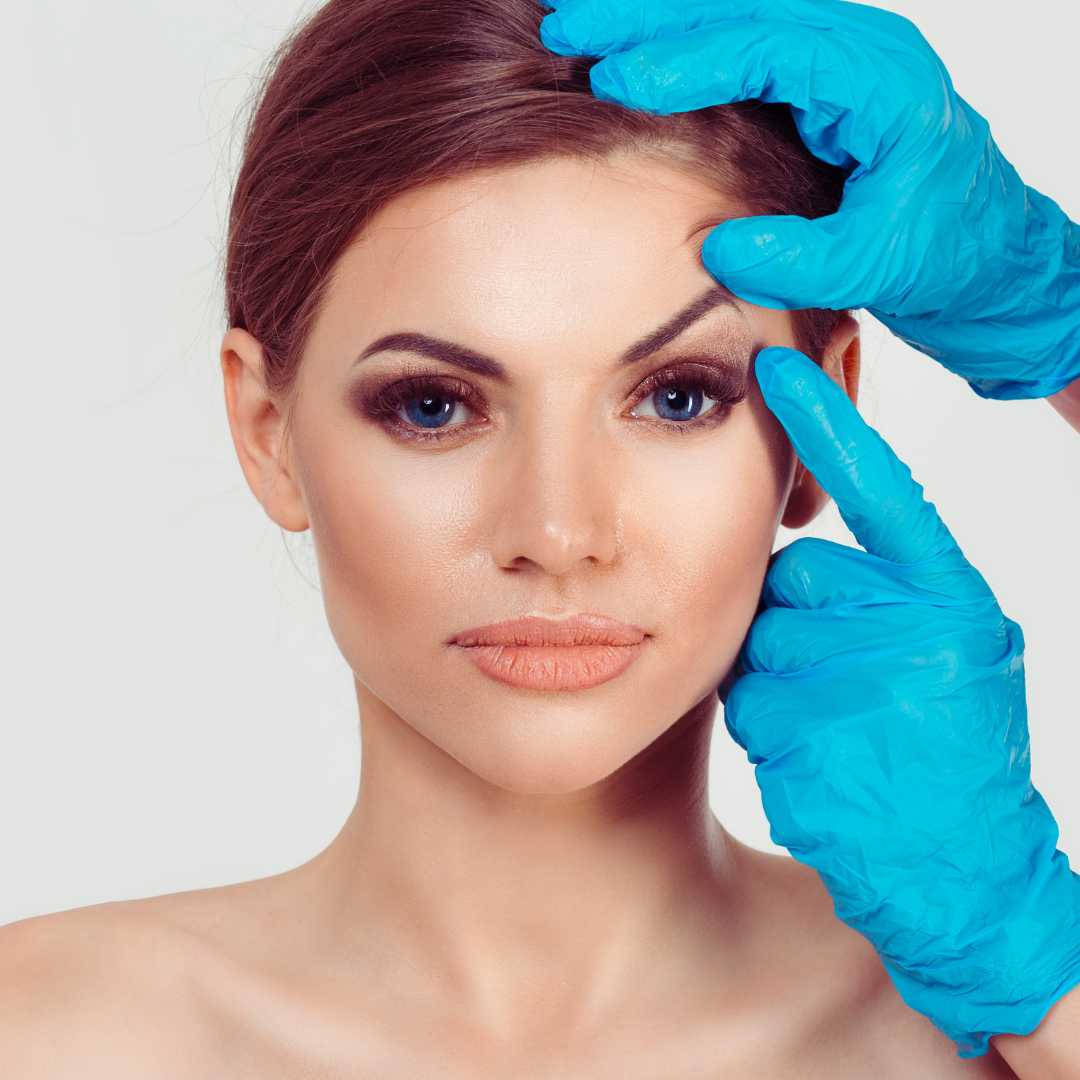
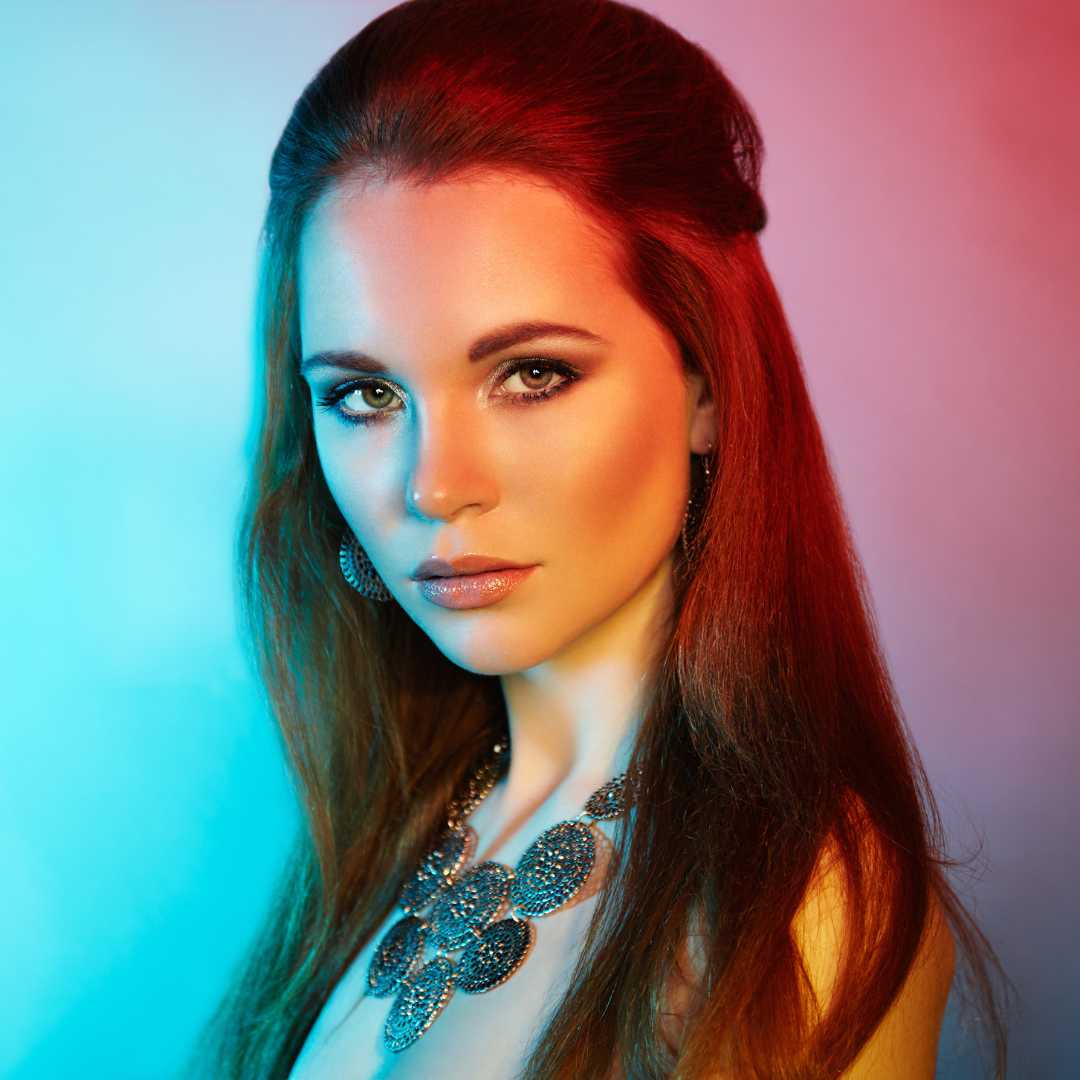


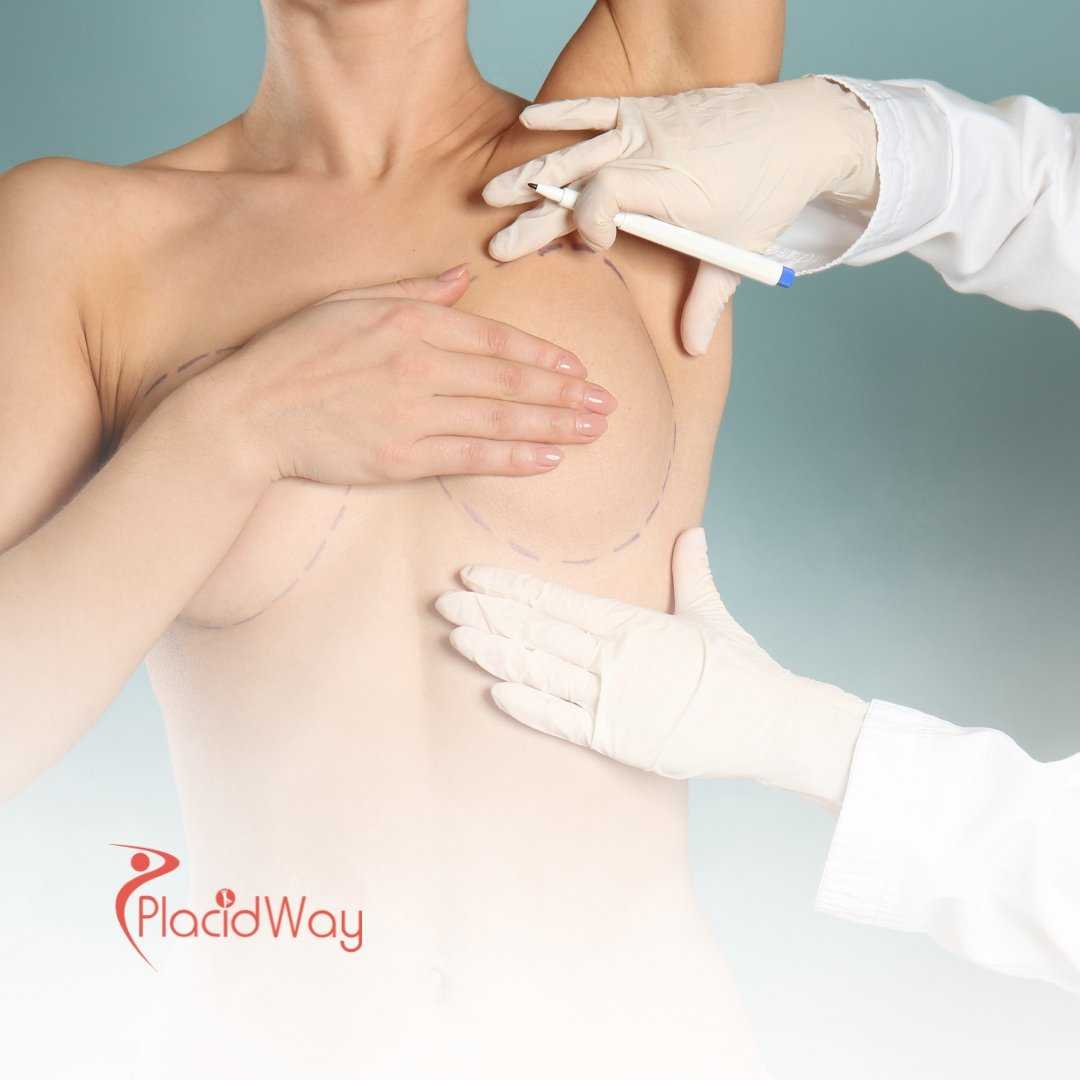

.png)

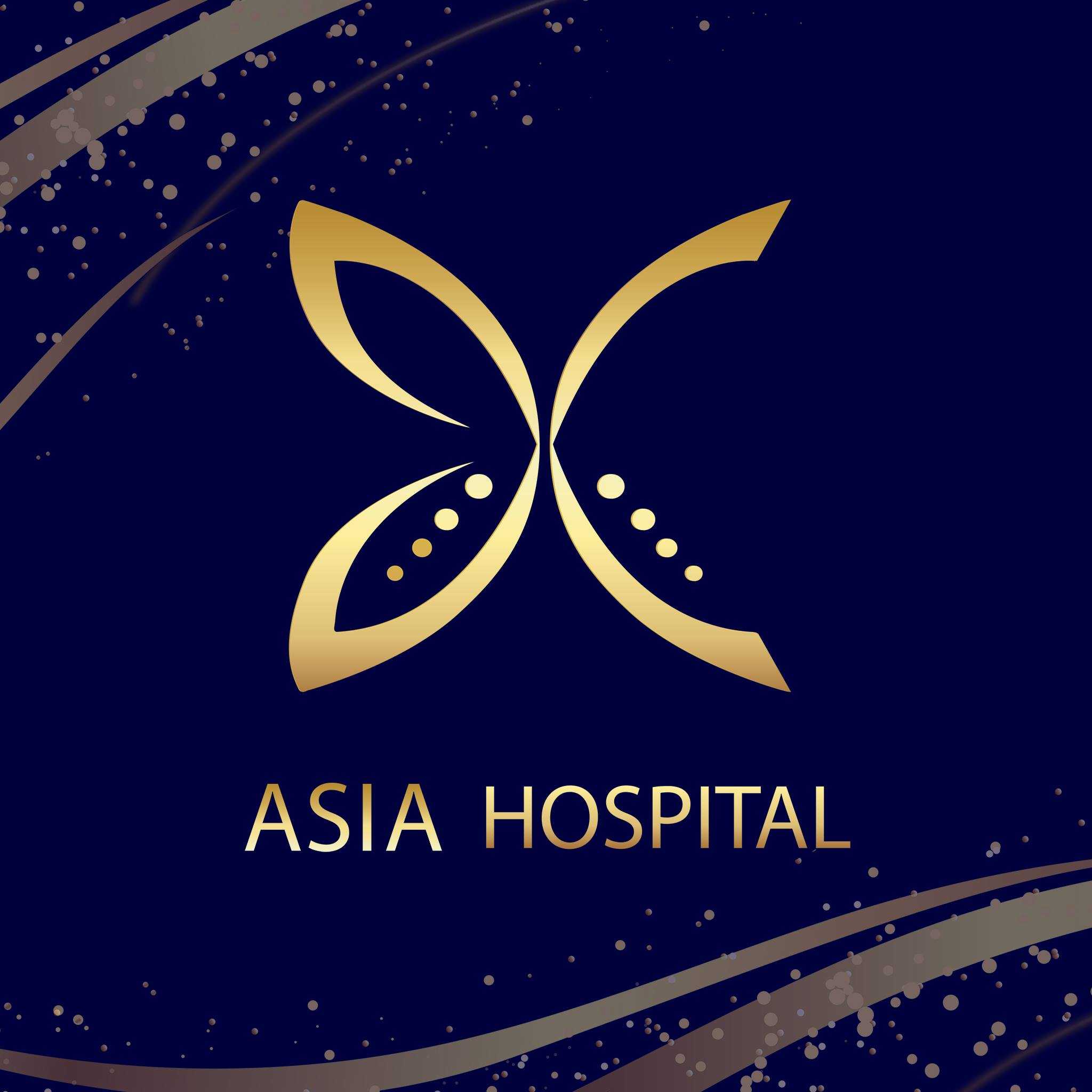

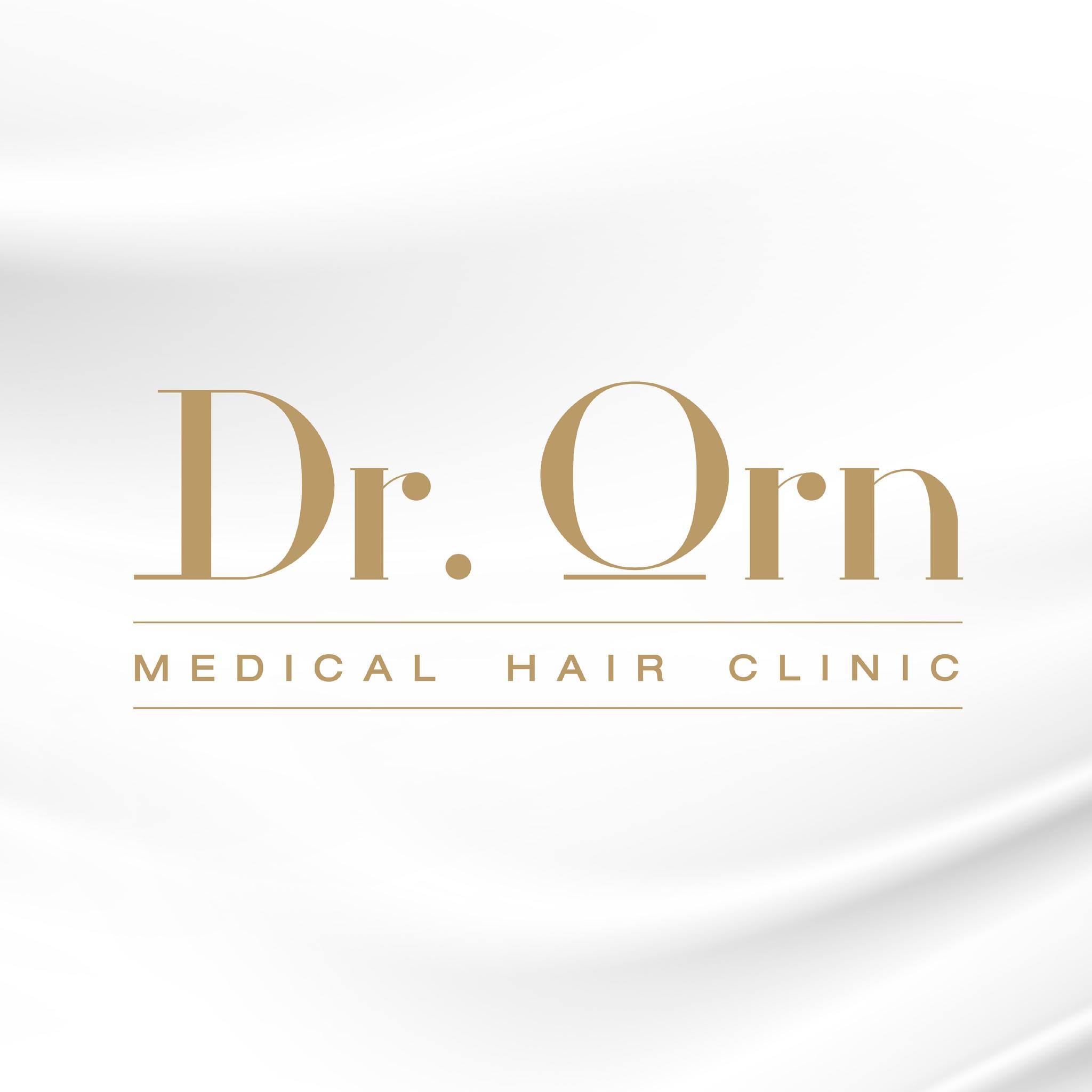


Share this listing